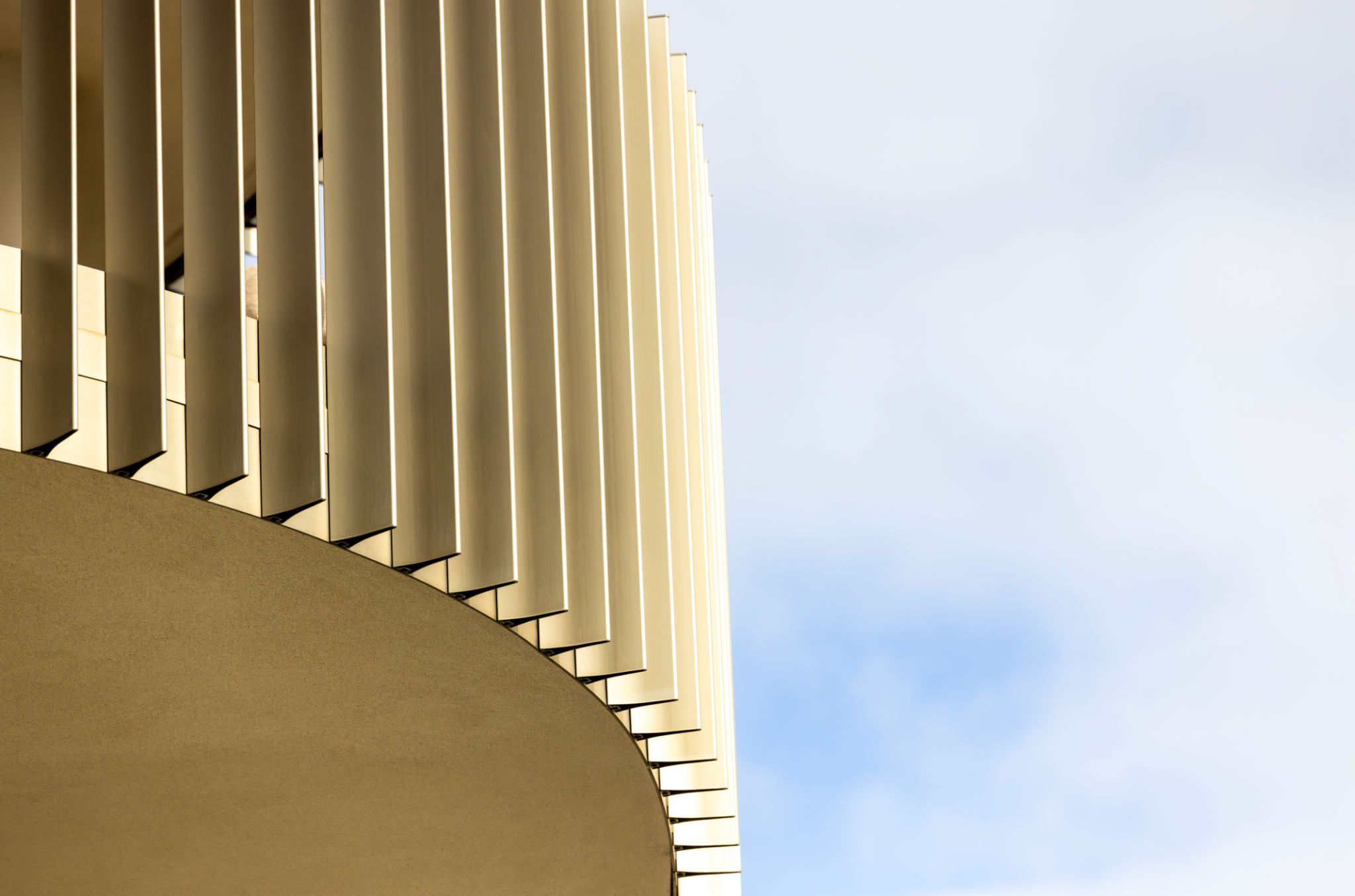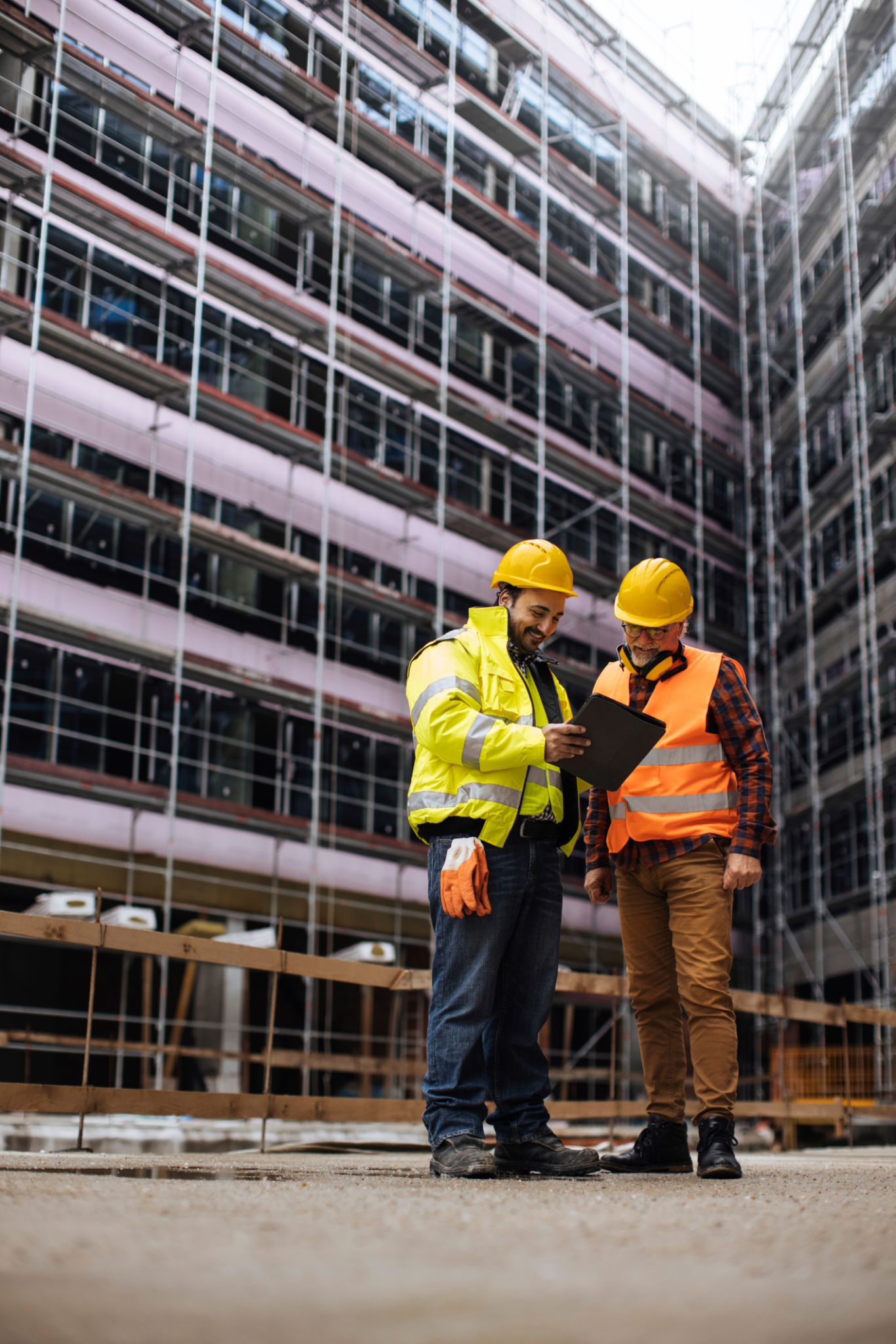A Comprehensive Guide to High-Quality New Build Timber Frame Construction
Introduction to Timber Frame Construction
Timber frame construction is a popular choice for new builds, offering a sustainable and efficient way to create high-quality structures. Known for its versatility, timber frame homes provide numerous benefits including energy efficiency and aesthetic appeal. In this comprehensive guide, we'll explore the key aspects of timber frame construction, from design considerations to the advantages it can bring to your project.

Benefits of Timber Frame Construction
One of the primary advantages of timber frame construction is its sustainability. Timber is a renewable resource, making it an environmentally friendly choice. Additionally, timber frames are known for their excellent thermal performance, which can significantly reduce energy costs over the life of the building.
Another benefit is the speed of construction. Timber frames can be prefabricated off-site, allowing for quicker assembly once on-site. This not only reduces labor costs but also minimizes disruptions during the building process.
Design Considerations
When planning a timber frame build, it's important to consider the design carefully. The flexibility of timber allows for innovative and custom designs that can suit a wide range of architectural styles. However, working with experienced architects and engineers familiar with timber frame construction is crucial to ensure structural integrity and compliance with building codes.

Structural Integrity and Safety
Safety is paramount in any construction project, and timber frames are no exception. It's vital to select high-quality timber that has been properly treated to resist pests and decay. Additionally, ensuring proper connections and bracing is essential to maintain the structural integrity of the build.
Construction Process
The construction process for timber frame buildings typically involves several stages. Initially, a detailed design is created, followed by the prefabrication of timber components off-site. Once delivered to the construction site, these components are assembled to form the structure.

Installation and Assembly
The assembly process is generally quick due to the precision of prefabricated components. Skilled workers use cranes and other equipment to erect the frame efficiently, ensuring each piece is correctly positioned and secured. This stage requires careful planning and coordination to avoid delays and ensure safety on site.
Environmental Impact
Timber frame construction is known for its low environmental impact. The use of sustainably sourced wood helps reduce carbon emissions, making it a preferable choice for eco-conscious builders. Moreover, timber has natural insulating properties, contributing to lower heating and cooling energy requirements.
The embodied energy in timber is considerably lower compared to other materials like steel or concrete, further enhancing its appeal as a sustainable building option.
Conclusion
In conclusion, new build timber frame construction offers an array of benefits that make it an attractive option for modern builders. From its environmental advantages to its design flexibility and efficiency in construction, timber frames are an excellent choice for those seeking a high-quality, sustainable building solution. By understanding the key aspects outlined in this guide, you can ensure a successful timber frame project that meets your needs and exceeds your expectations.
